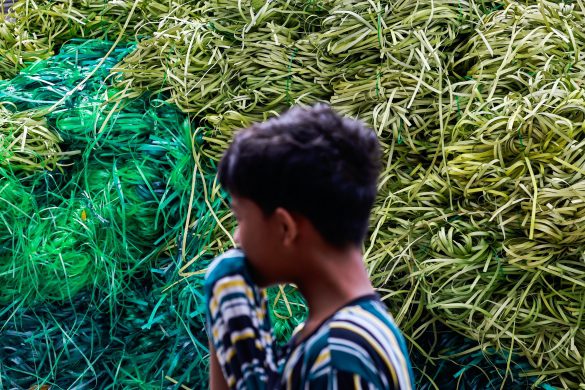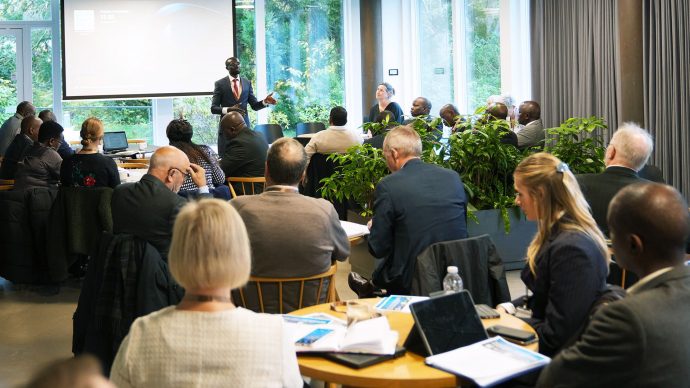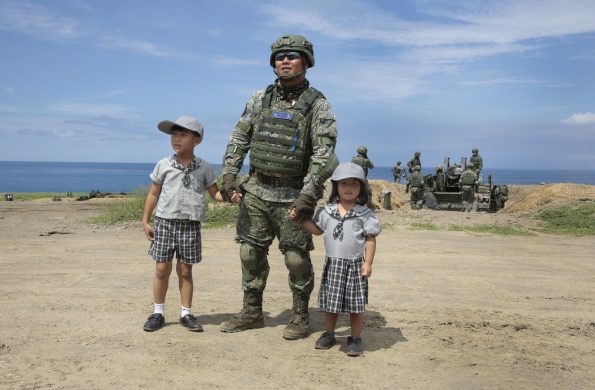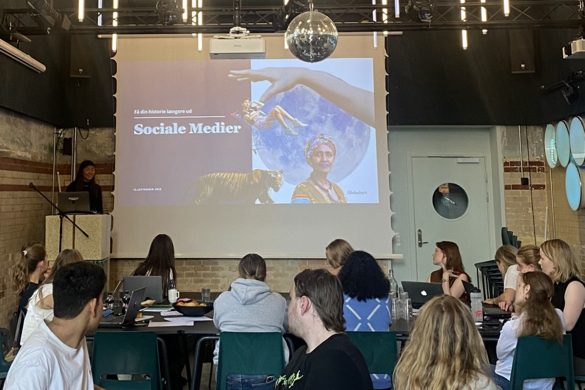ASIA: Why snakebites matter – Venomous snakes (giftslanger) bite more than 300 people every day around the world
BANGKOK, 17 November 2010 (IRIN): Despite an age-old widespread fear and distrust of snakes, their bites have only recently been added to the World Health Organization’s (WHO) list of “neglected tropical diseases”.
Snakes bite an estimated five million people each year worldwide, seriously injuring or disabling up to three million and killing an estimated 125.000, according to WHO and the Australian Venom Research Unit (AVRU).
Snake bites cause more death and disability than some far more notorious tropical diseases, including dengue fever, cholera, Japanese encephalitis, Chagas disease and leishmaniasis (parasit-infektion), according to WHO.
– In some provinces of Papua New Guinea, the rate of death due to snake bite is two times higher than malaria, said David Williams, coordinator of the Global Snakebite Initiative, a Melbourne-based global research project.
Roughly half the world’s snakebites occur in Asia, mostly in India, which has the largest snake bite problem in the world, with up to 50.000 people bitten every year.
– Snake bites are a widespread problem in this region particularly for the poorer populations, Williams said.
Accurate figures for Asia are difficult to ascertain (fremskaffe), since many bites are never reported.
– The people who are most affected by snake bites are poor rural farmers. They often cannot afford or do not have access to national healthcare facilities so turn to informal local healers instead, said Williams.
Work hazard
Sombat Kaewsaeng, a 45-year-old gardener, was cutting the grass in central Bangkok where he lives and works when he suddenly felt a sharp pain on the top of his right foot.
– I thought it might be a bug or something, but then I saw something slithering away in the grass and looked down and saw two fang markings (tandmærker) half a centimetre deep in the top of my foot, he said.
Sombat, who only works in flip-flops, used a rope to tourniquet (årepresse) his knee and went immediately to the hospital.
– I saw on TV that this was what to do when you get bit. As soon as I got to the hospital (30 minutes later) they immediately identified that it was non-venomous, much to my relief, he said.
Gardeners, agriculture workers and snake handlers – those most likely to invade the habitat of snakes – are the most likely people to be bitten. So much so that WHO considers snake bites an “occupational hazard”.
– Snakes only bite when they are afraid, said Montri Chiobamroonkiat, head of the Bangkok-based “Snake Farm”, a WHO Collaborating Centre for Venomous Snake Toxicology and Research located in the Queen Saovabha Memorial Institute (QSMI).
QSMI, the primary snake toxicology research unit in Thailand, holds annual conferences with healthcare workers across the country and produces some 100.000 anti-venom treatment vials annually.
Seasonal worry
Læs videre på http://www.irinnews.org/Report.aspx?ReportID=91107














